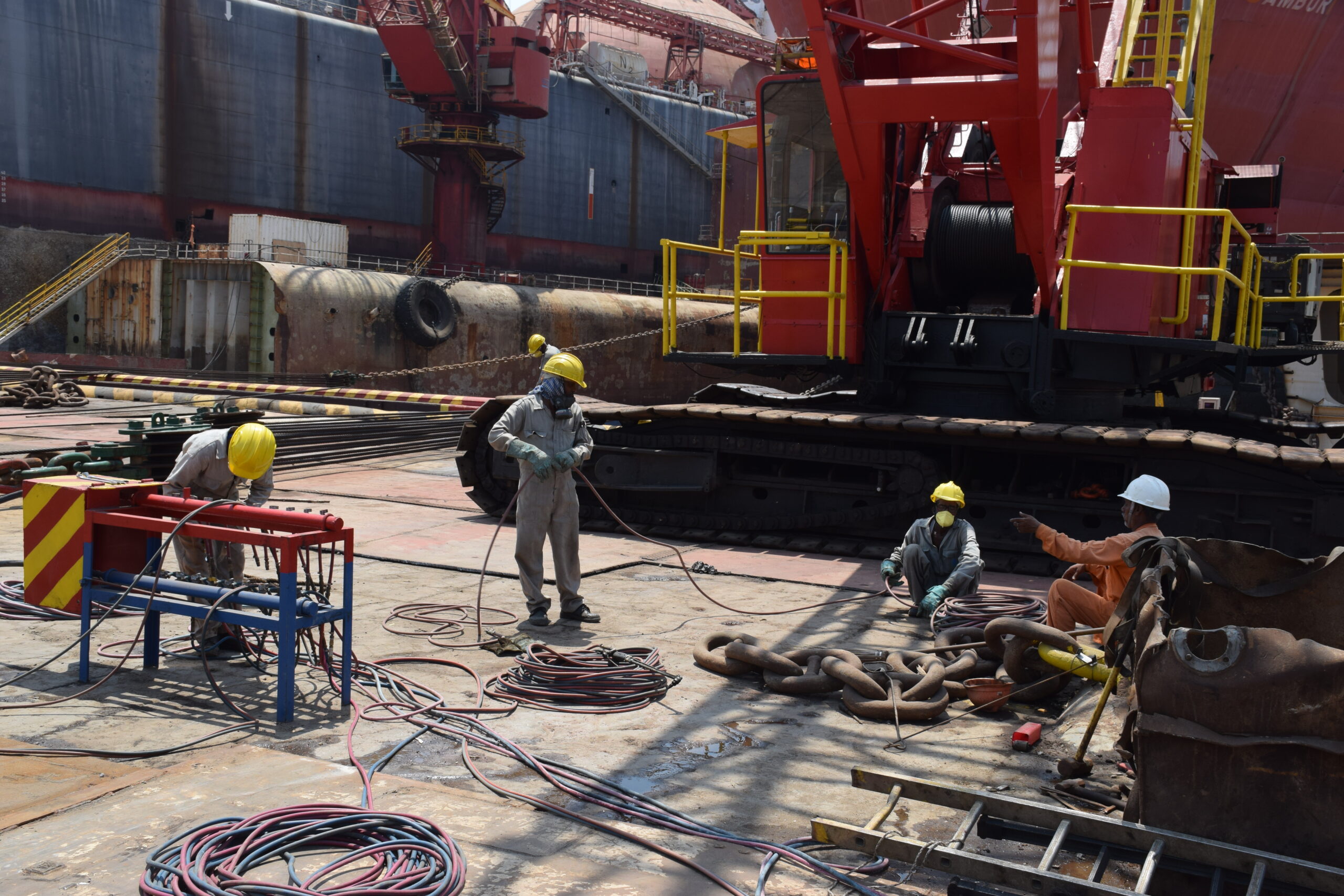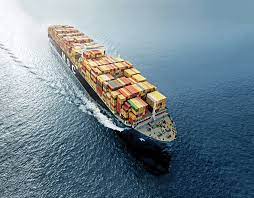Global Ship Recycling Markets Struggle Amid Economic and Trade Pressures
The global ship recycling industry is facing significant challenges as a combination of economic instability, trade tariffs, and fluctuating vessel prices create uncertainty for recyclers worldwide. According to GMS’ latest report, the market is under immense pressure due to a low supply of ships available for recycling, unpredictable steel tariffs, and a weakening global economic outlook. However, despite these hurdles, India and Bangladesh continue to dominate the sector, taking on the majority of available vessels.

A Strong Start to 2025 Fizzles Out
The year 2025 began with a surge in ship recycling activity, as a marked return of tonnage to the bidding tables indicated an uptick in market dynamics. However, this initial momentum did not last long. The arrival of the Chinese New Year holiday brought about a lull in activity, slowing down ship sales and recycling transactions.
As the Year of the Snake unfolds, expectations are high for a busier recycling market than previous years. The record-low supply of ships in 2024 led to the shutdown of several ship recycling yards worldwide. If supply issues persist, recyclers may face increasing difficulties in sustaining operations, ultimately forcing shipowners to accept declining prices for their vessels. The long-term implications of this could reshape the industry in ways that remain to be seen.
India and Bangladesh Lead as Pakistan Eyes a Comeback
Since October 2024, India and Bangladesh have absorbed the bulk of vessels entering the recycling market, largely due to Pakistan’s withdrawal. Pakistani recyclers, plagued by a deepening domestic financial crisis, effectively disappeared from the competitive bidding landscape. However, recent reports suggest that Pakistani buyers are eager to re-enter the market, just as the demand for dry bulk vessels (particularly Panamax and Handy bulkers) and LNG tankers has been on the rise.
Port reports indicate that container vessels are expected to enter the recycling market later in the year, following the easing of disruptions in Red Sea shipping lanes. The resumption of smoother trade routes could see an increased flow of container ships heading for dismantling, especially if market conditions continue to deteriorate.
The Impact of U.S. Tariffs on Global Trade
Adding to the market’s instability is the looming implementation of President Trump’s new tariffs. A 25% tariff on Mexican and Canadian imports, an additional 10% tariff on Canadian energy exports, and a blanket 10% tariff on Chinese imports are set to take effect on February 4. These measures have already sent ripples through global economies, prompting Canada and Mexico to announce retaliatory counter-tariffs on American exports.
The uncertainty surrounding these trade restrictions has raised concerns about inflation and supply chain disruptions. The Baltic Dry Bulk Index, which measures shipping rates for dry bulk commodities, saw some positive movement this week. However, the improvement may have come too late for many aging vessels that are now being forced to reconsider their immediate futures.
Oil Prices Surge, Raising Inflationary Pressures
Another major concern for global markets is the rising price of oil. Futures surged this week, nearing the $74-per-barrel mark again, exacerbating worldwide inflation concerns. With tariffs set to take effect in early February, week six of 2025 is shaping up to be a pivotal moment for global trade and the economy.
The strengthening oil market has also influenced the performance of the U.S. dollar. While the dollar made minor gains against most major ship recycling currencies by the end of the week, its earlier decline reflected broader uncertainty in financial markets. This volatility has led to flattening steel plate prices in all major recycling nations, with the exception of India, where a decline was expected.
Declining Ship Prices and the Role of Chinese Steel
Recyclers in India and Bangladesh witnessed a remarkable increase in Light Displacement Tonnage (LDT) this week, despite a drop in vessel offers. Prices cooled by up to $30/LDT over the course of January. Financially stable recyclers in Bangladesh and Pakistan were among the few able to participate in bidding, while others sat out due to economic constraints.
A key concern moving forward is the impact of tariffs on Chinese steel. If China begins offloading surplus post-tariff steel into global markets, this could significantly influence demand for recycled steel and vessel pricing in South Asia. Recyclers in India, Bangladesh, and Pakistan will need to closely monitor these developments, as they could have a lasting impact on ship recycling profitability in the months ahead.
Turkey Faces Its Own Set of Challenges
At the far end of the ship recycling spectrum, Turkey is also experiencing turbulence. Though Turkish plate prices remained relatively stable amid an increase in supply, ship offers declined sharply—by about $30 per ton—sending shockwaves through the industry. The synchronized downturn in ship recycling markets is reminiscent of the financial crisis of 2008, a comparison that is sparking concerns among industry veterans.
Looking Ahead
The ship recycling sector is bracing for a challenging year ahead, as economic uncertainties, trade policies, and fluctuating steel prices continue to impact market conditions. India and Bangladesh are expected to remain dominant players, while Pakistan attempts to regain its foothold. Meanwhile, the effects of U.S. tariffs, rising oil prices, and China’s response to trade restrictions will play critical roles in shaping the global recycling landscape.
For shipowners, the ongoing downward pressure on vessel prices presents difficult decisions—whether to sell at lower prices now or wait for potential market improvements. As the Year of the Snake unfolds, the industry is gearing up for what could be one of its most volatile periods in recent history.
Author: shipping inbox
shipping and maritime related web portal








